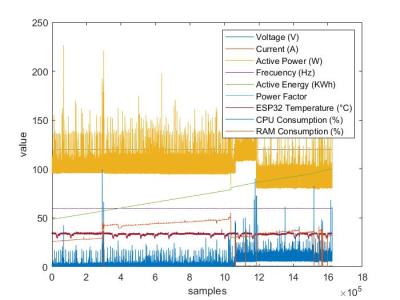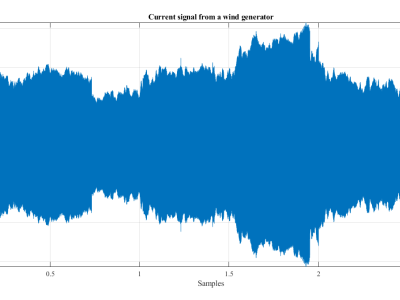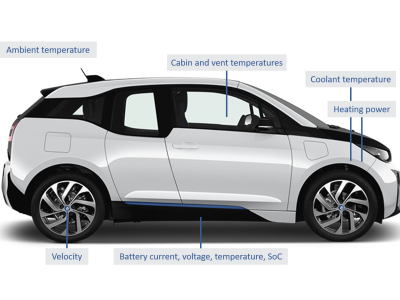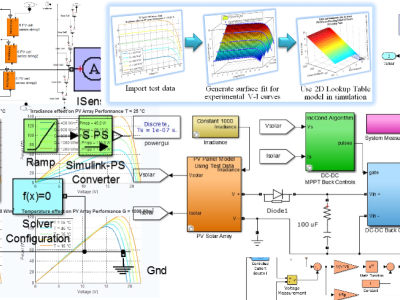Bi-level Dimmable LED Driver in Refrigerated Display Lighting Systems

- Citation Author(s):
- Submitted by:
- Ching-Ho Chou
- Last updated:
- DOI:
- 10.21227/mjz3-1p47
 55 views
55 views
- Categories:
Abstract
Commercial refrigerated display lighting (RDL) systems require LED drivers to provide constant 24 V to multiple LED light bars connected in parallel, each with a built-in current regulator to maintain a constant output brightness.The system uses a passive infrared motion detector to detect approach of people and a dimmer controller to further reduce the power consumption of the LED light bars.RDL system typically requires 100% and 20% only brightness control, so the dimmer controller can be replaced by a 0-10 V dimmable LED driver.By connecting a fixed resistor to the 0-10 V dimming interface, the brightness output can be set to 20%. However, the wiring of this technique is complex.This brief presents a new bi-level dimmable LED driver design that uses an astable multivibrator and totem pole gate driver integrated PWM dimming circuit to achieve a 20% brightness output through a single dimming wire, simplifying system wiring.The driver's dimming wire is connected to the 24 V output voltage through the AC-powered passive infrared motion detector's built-in relay, turning on the PWM dimming circuit to generate a 20% duty square wave signal that drives the internal series MOSFET at a frequency higher than 1.25 kHz to avoid LED flicker.This new design has been proven to have the advantages of high efficiency, low cost and easy wiring, and it can replace dimmer controller and 0-10 V dimmable LED driver in RDL applications.
Instructions:
Under review paper attached.








